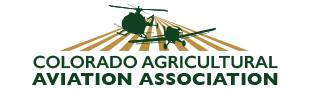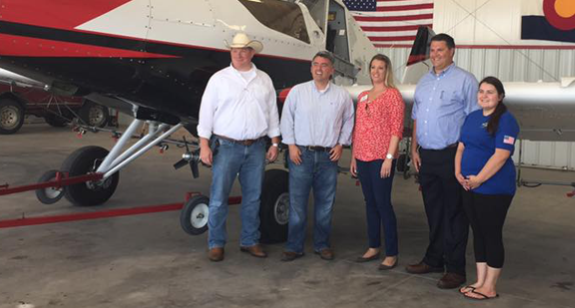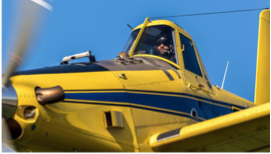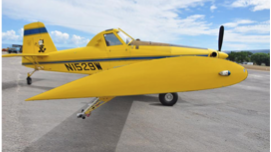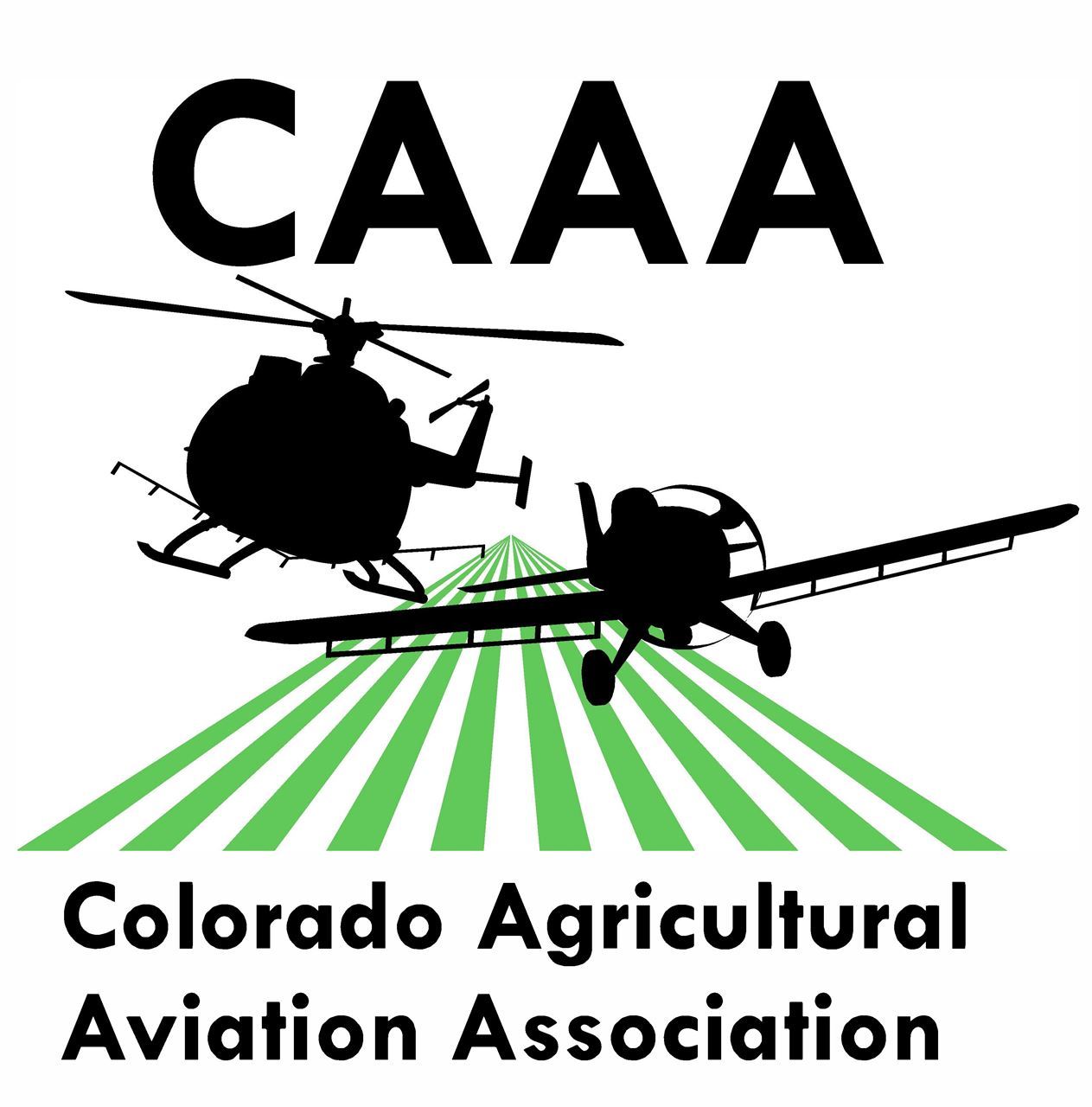
|
| Contact UsColorado Agricultural Aviation Association Phone: (719) 980-0347 Think Before Your Launch
Think Before You Launch is a safety campaign for manned and unmanned aviation (UAV, UAS, or Drones) to share the air safely. |
Colorado Agriculture Aviation Association (CAAA)
Was founded in the early 70’s to provide the Colorado agricultural aviation professionals an opportunity for learning more about their industry within the state of Colorado.
During that time, it was determined that the agricultural community needed a forum wherein they could keep informed of state and national industry news, develop industry standards and establish relationships with others in the industry.
The purpose of the Colorado Agricultural Aviation Association is to serve its membership in legislative concerns, education of pertinent issues, and to promote technical programs to enhance the betterment of Agricultural Aviation and its related activities.
Aerial application is a relatively obscure flying profession piloting large, single seat, turbine tailwheel airplanes. Add that attraction to legally strafing the ground low and fast, dozens, if not hundreds of times a day. The catch? It’s extremely specialized, and requires the aviator to be half farmer, half fighter pilot (in that order).
The best part of aviation is that so many diverse corners exist to satisfy every pilot’s personality and sense of adventure. I spent a career flying big, black, fire-breathing iron buffaloes, and never thought another form of flying outside the military could fill the void when I left the 160th. It’s not landing to the “X” in the middle of the night, nor is it punching the afterburner inverted after dropping hate on a target, but it’s as close as you can get without wearing a military uniform. Crop dusting is the near perfect combination of precision, speed, and adrenaline, with a little freedom and patriotism mixed in. There’s no flying more rewarding, or American than directly helping farmers feed the world.
I genuinely appreciate the technical knowledge and responsibility required of the crew every time I board a 737, and sometimes think flying a Lear 85 or Gulfstream 550 would be a rush. However, I’ve faced the reality that despite almost three decades of supposed refinement in the military, I’m a knuckle dragger. I could pin on shiny wings, strap on a tie and epaulets every day, but it’s not my first choice. You’re far more likely to find me happily climbing out of a cockpit, gritty and sweaty, wearing a dirty T-shirt, Carhartts and a pair of boots. The combined decades in the SEAL Teams, and flying special operations helicopters may have produced a diamond too rough to polish. Don’t misread my intent; agricultural aviators I’ve been privileged to hang with are some of the most intellectual and proficient pilots I’ve ever met. Not to mention a good number have walked away from the heavy iron and shiny corporate ships to fly agriculture. There’s just no circumventing the fact that farming, and supporting farmers requires long hours and getting dirty, even if you’re flying. My first airplane ride at five years old was in my dad’s WWII Stearman off a grass strip, and the hook was pretty much set. From then on, all I ever wanted to do was fly big, powerful tailwheel airplanes for a living. Flying taildraggers is a dying skill set, so the career options are limited. The details of how I travelled the road from there to here, via the ultra-circuitous route, is another story entirely.
The Profession
Welcome to a multi-part series to educate, and de-mystify some common misconceptions about agricultural aviation. I’ll talk about the type of flying we do, the specialized machines used, and the scope of what the industry accomplishes relative to its size to put food on your table. If those segments hook you, we’ll finish up with what it takes to be an ag pilot.
If you bring up the topic of “crop dusting” among professional pilots, military or civilian, there’s going to be some eye raising, and a detectable change in tone. Depending on the listener’s individual perceptions, reactions range wildly from “I’d give anything to do that kind of flying”, to “Bunch of lawless cowboys.” I’ve also had one peer ask, “Does crop dusting even require a pilot’s license?” Nothing could be further from the truth, agricultural aviation is one of the most heavily regulated segments of flying.
Agricultural aviation or “crop dusting” necessitates airplanes or helicopters flying 10-15 feet above the ground to apply pesticides and fertilizers in liquid or granular form, at speeds up to 150 mph. Watching a talented ag pilot work is aviation art in motion. However, to the observer that gets nervous when their airliner banks more than 30 degrees, it can perpetuate the “crazy stunt pilot” reputation we strive so hard to shed. The objective of ag flying is to ensure precise, metered application, and complete overage, in the safest and most efficient manner possible. The physical and regulatory obstacles always present are only a few of the challenges a pilot faces. The maneuvers required in the field are not acrobatic, but decidedly contradict the sanitized, straight and level flying culture much of aviation is force-fed from the beginning of their training. Agricultural aviation is one of the last refuges of hands on, intuitive flying remaining in America, and therein lies it’s appeal.
